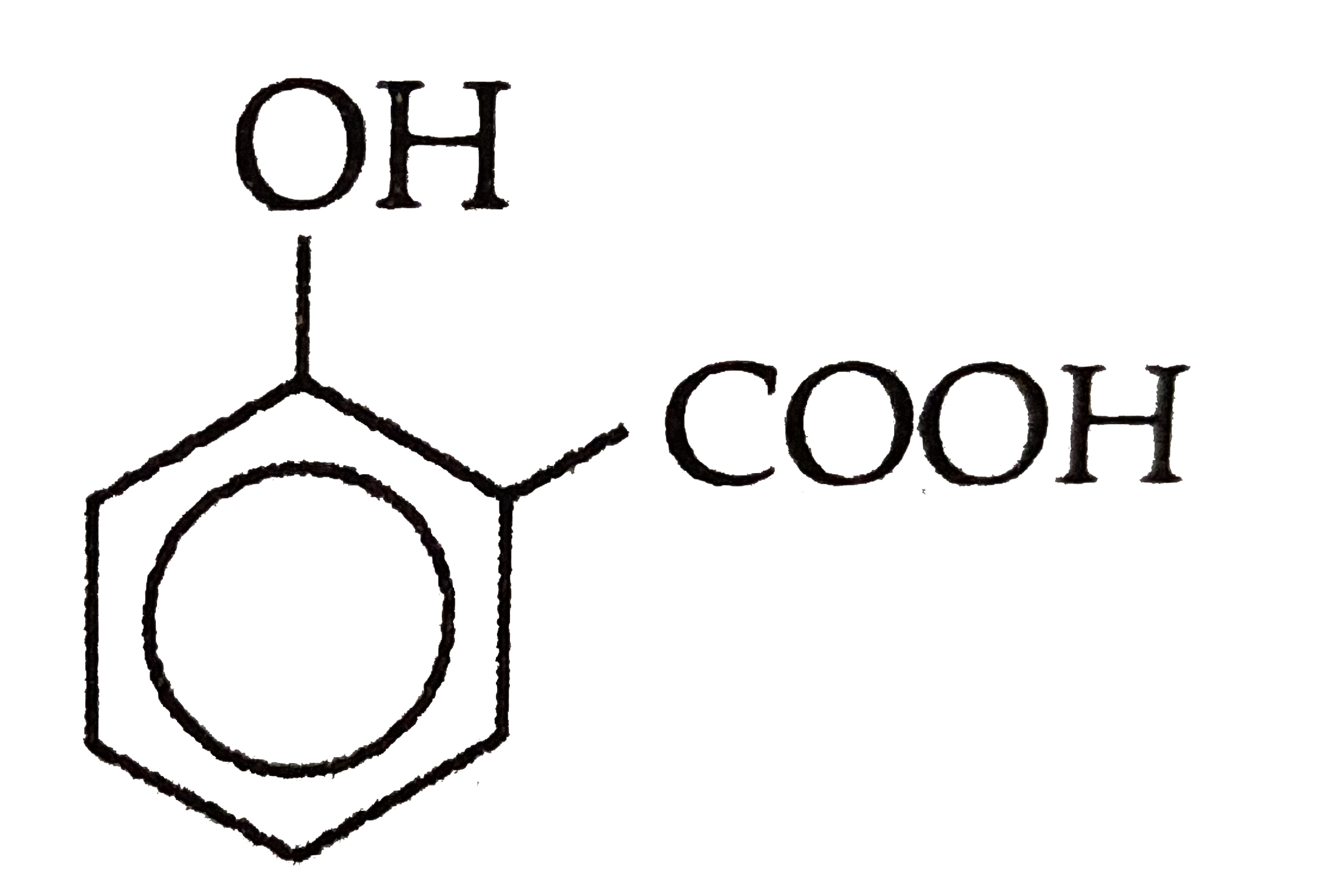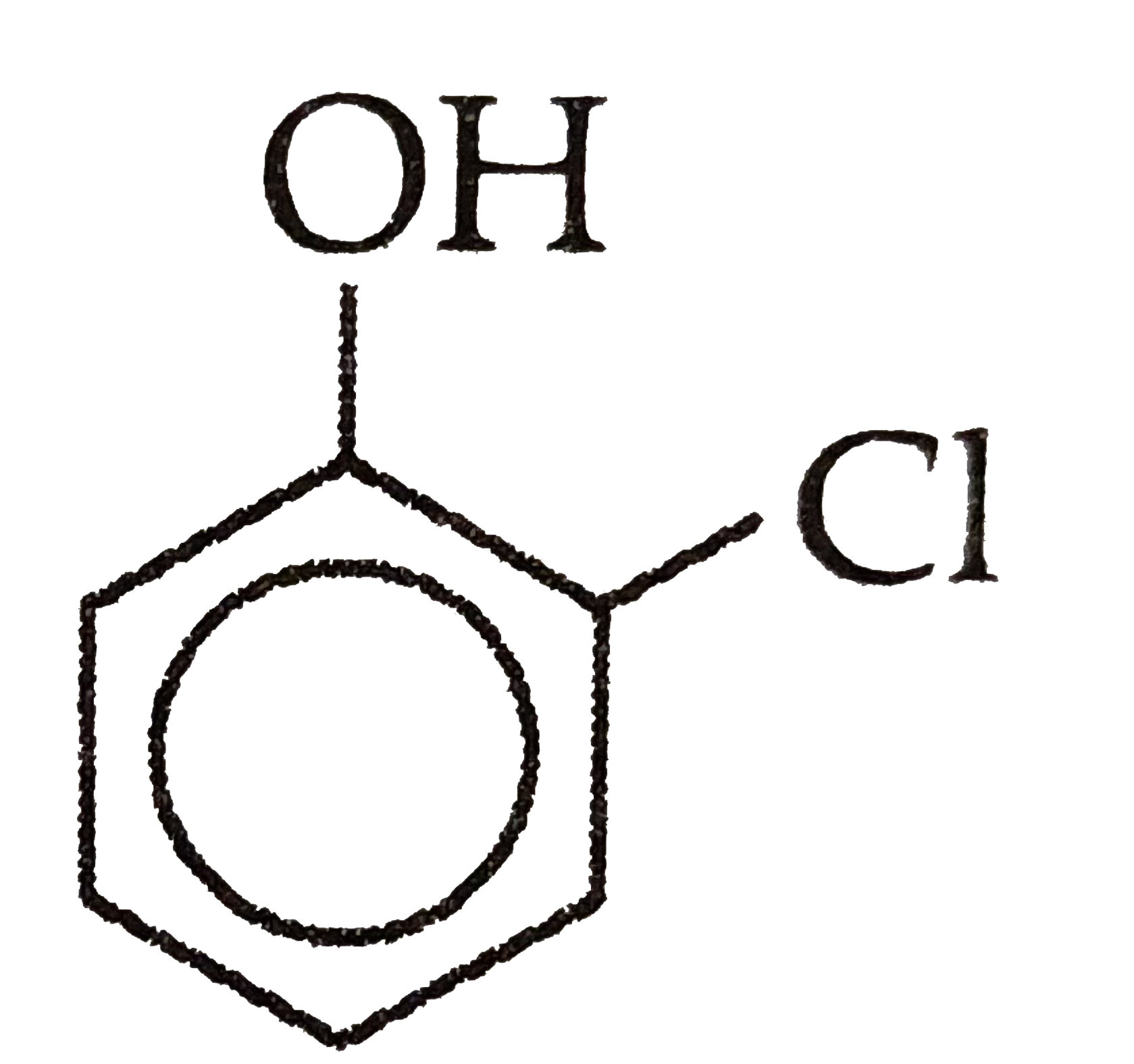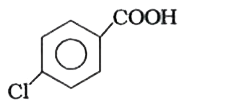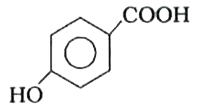Explore topic-wise InterviewSolutions in .
This section includes InterviewSolutions, each offering curated multiple-choice questions to sharpen your knowledge and support exam preparation. Choose a topic below to get started.
| 16801. |
Use the given data- E_(Cr_(2)O_(7)^(2-)|Cr^(3+))^(@)=+1.33V, E_(Cl_(2)|Cl^(-))^(@)=+1.36V E_(MnO_(4)^(-)|Mn^(2+))^(@)=+1.51V, E_(Cr^(3+)|Cr)^(@)=-0.74V and find out which of the following is the strongest oxidising agent - |
|
Answer» `CL^(-)` |
|
| 16802. |
Which of the following processes is involved in the biochemical treatment of sewage effluents ? |
|
Answer» Oxidation |
|
| 16803. |
Which does not form peroxide on heating in air? |
|
Answer» Na |
|
| 16804. |
Write the strucutre of the product and mechanism of the following reaction: (CH_(3))_(3)C-CH_(2)OH overset(HBr)to |
Answer» SOLUTION :
|
|
| 16805. |
Upon heating HClO_(3) in the presence of catalytic amount of MnO_(2), a gas W is formed. Excess amount of W reacts with white phosphorus to give X. The reaction of X with pure HNO_(3) gives Y and Z. Y and Z are, respectively |
|
Answer» `N_(2)O_(5) and HPO_(3)` `P_(4)O_(10)` ACTS as a dehydrating agent and removes `H_(2)O` from `HNO_(3)` to give `N_(2)O_(5)` (Y) and itself gets converted into `HPO_(3)` (Z). Thus, X is `P_(4)O_(10)`, Y is `N_(2)O_(5)`, and Z in `HPO_(3)` and W is `O_(2)`. `P_(4)O_(10)+4HNO_(3)rarr underset((Y))(2N_(2)O_(5))+underset((Z))(4HPO_(3))` |
|
| 16806. |
Upon heating HClO_(3) in the presence of catalytic amount of MnO_(2), a gas W is formed. Excess amount of W reacts with white phosphorus to give X. The reaction of X with pure HNO_(3) gives Y and Z. W and X are, respectively |
|
Answer» `O_(2) and P_(4)O_(6)` `P_(4)O_(10)` acts as a dehydrating agent and removes `H_(2)O` from `HNO_(3)` to give `N_(2)O_(5)` (Y) and itself gets converted into `HPO_(3)` (Z). Thus, X is `P_(4)O_(10)`, Y is `N_(2)O_(5)`, and Z in `HPO_(3)` and W is `O_(2)`. `P_(4)O_(10)+4HNO_(3)rarr underset((Y))(2N_(2)O_(5))+underset((Z))(4HPO_(3))` |
|
| 16807. |
When carbonylcompound react withnitrolkane . The reacitonproceding through |
|
Answer» carbocation |
|
| 16808. |
Which C-atom is the most electronegative in this structure ? overset(III)(CH_(3))-overset(II)(CH_(2))-C= overset(I)(CH) |
|
Answer» I |
|
| 16809. |
Which of the following compound does not have hydrogen bonding : |
|
Answer» `K_(2)HPO_(4)` |
|
| 16810. |
What happens when acetic anhydride reacts with ethyl alcohol? |
Answer» SOLUTION :
|
|
| 16811. |
Which oxiacid of suphur contains S-Sbond in its structure? |
|
Answer» disulphurous acid 
|
|
| 16812. |
Which of the following reacts with sodium with the elimination of hydrogen |
|
Answer» `CH_4` |
|
| 16813. |
What type of substances would make better permanent magnets: ferromagnetic or ferrimagnetic ? Justify your answer. |
|
Answer» Solution :FERROMAGNETIC substanceswould make better PERMANENT magnets. When ferromagnetic substances are placed in a magnetic FIELD, alignment of individual magnetic movementsof atoms or ions in the same direction will take place. This alignment remains as such even after REMOVAL of the external magnetic field. |
|
| 16814. |
Which of the following is oxidised by KMnO_4 |
|
Answer» Methane |
|
| 16815. |
To what stable isotope would ""_(103)^(257)Lr decay? |
|
Answer» `""_(82)^(208)Pb` |
|
| 16816. |
Which options is incorrect for K_(4)[Fe(CN)_(6)]: |
|
Answer» `CN^(-)` is ambidentate ligand |
|
| 16817. |
The shape of XeF_6 is |
|
Answer» PENTAGONAL bipyramidal |
|
| 16818. |
Which of the following is most acidic |
|
Answer» `H_2O` |
|
| 16819. |
Writethe Haworth.s structure of beta - D(+) maltose . |
Answer» SOLUTION :
|
|
| 16820. |
Which one of the following statement is not correct |
|
Answer» `._(6)^(14)C` is a non-radioactive isotope of carbon |
|
| 16821. |
What do you mean by primitive unit cell ? |
| Answer» SOLUTION :When the constituent particles are present at the corner positions of a unit CELL, this is called PRIMITIVE unit cell. | |
| 16822. |
What happens when a carboxylic acid is treated with lithium aluminum hydride ? |
|
Answer» ALDEHYDE is formed. |
|
| 16823. |
Transition element form binary compounds with halogens. Which of the following elements will form MF_(3) type compounds? |
|
Answer» Cr |
|
| 16824. |
What happens when the electric field is applied to colloidal solution ? |
| Answer» SOLUTION :The colloidal particles carry CHARGE. When the ELECTRIC FIELD is applied, the colloidal particles move towards the oppositely charged plates. The process is KNOWN as electrophoresis. | |
| 16825. |
Which of the following is more acidic? |
|
Answer» `H_(4)P_(2)O_(5)` |
|
| 16827. |
Total number of ligand(s) which forms five membered ring and also contains chiral centre(s). pn, en, tn, bn, DMG^(-1), acac^(-1), nta^(-3) |
Answer» 
|
|
| 16828. |
The strongest acid among the following is : |
|
Answer»
|
|
| 16829. |
What is the mass in grams of : (i) 6.022xx10^(23) atoms of oxygen ? (ii) 1.0xx10^(23) molecules of H_(2)S? (iii) 6.022xx10^(23) molecules of oxygen? (iv) 1.5 moles of H_(2)SO_(4)? |
| Answer» SOLUTION :(i) 16.0 G (II) 5.645 g (III) 32.0 g (IV) 147.0 g | |
| 16830. |
What are antiseptics? |
| Answer» SOLUTION :Antiseptics are the chemicals which either kill or prevent the growth of microorganism. They are antimicrobial. Antiseptics are applied to living TISSUES such as wounds, cuts, ulcers and diseased skin surfaces. EXAMPLE are furacine, soframicine. | |
| 16831. |
Whichof thefollowing sets represent only elctrophiles- |
|
Answer» `BF_(3) , NH_(3) , H_(2)O` |
|
| 16832. |
What is packing efficiency in a crystal ? Draw the unit cell of a simple cubic lattice and calculate the packing efficiency in a simple cubic lattice. |
Answer» Solution :Packing EFFICIENCY it is a percentage of total space filled by the particles in a crystal. 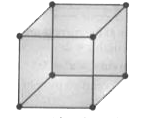 Edge LENGTH or SIDE of a cube = a, radius of a particle = r Particles touch each other along the edge `therefore` a = 2r, volume of the CELL `= a^(3) = 8r^(3)` Simple cubic unit cell contains only 1 atom VOLUMNE occupied `= (4)/(3) pi r^(3)` Packing efficiency `= ("Volumne of one atom")/("Volume of the unit cell") xx 100%` `= ((4)/(3) pi r^(3))/(8r^(3)) xx 100 = 52.4%` |
|
| 16833. |
Which elements are called platinum metals ? |
| Answer» Solution :The elementsof the SECONDS and third TRIAD of Groups 8,9 and10 , i.e.,Ru, Rh, PD, Os, Ir and PT are called platinummetals. | |
| 16834. |
Which of the following is an exampleof nucleophilic addition reaction ? |
|
Answer» `CH-=CH + Cl_(2) to CHCL=CHCl` |
|
| 16835. |
Which statement is incorrect about peptide bond ? |
|
Answer» C-N BOND LENGTH in proteins is larger than USUAL bond length of C-N bond. |
|
| 16836. |
Which is general order of basicity for water and amines |
|
Answer» alkanamine `LT` arylamines `lt` WATER |
|
| 16837. |
Whichone of thefollowingis notcorrect |
|
Answer» La`(OH)_(2)` is lessbasicthan`(OH)_(2)` |
|
| 16838. |
Which is the packing fraction in simple cubic unit cell ? |
| Answer» ANSWER :A | |
| 16840. |
What are main constituents of dettol ? |
| Answer» SOLUTION :CHLOROXYLENOL and `ALPHA`-terpineol in a SUITABLE SOLVENT. | |
| 16841. |
Which are // is correct |
|
Answer» `R_(1)` CONTAIN `Ag^(+)` ion 
|
|
| 16842. |
Tyrosin contains |
|
Answer» ALCOHOLIC OH GROUP |
|
| 16843. |
Which one is a thermosetting polymer ? |
| Answer» Solution :Bakelite | |
| 16844. |
Which of the following compounds will show geometrical isomerism? |
|
Answer» 2-Butene |
|
| 16845. |
Which of the following is a reaction of first order ? |
|
Answer» `2N_2O_5 to 4NO_2 + O_2` |
|
| 16846. |
What happens when formaldehyde is treated with Sodium hydroxide solution ? |
|
Answer» SOLUTION :When FORMALDEHYDE is treated with sodium hydroxide solution, methyl alcohol and sodium FORMATE are produced. `UNDERSET"(formaldehyde)"(2HCHO)+NaOHrarrunderset"(Sodium Formate)"(HCOONa+underset"(Methyl Alcohol)"(CH_3OH)` |
|
| 16848. |
Which one of the elements is most metallic |
|
Answer» P `PltAsltSbltBi` |
|
| 16849. |
Which of the following is not correct for electronic distribution in the ground state? |
| Answer» SOLUTION :Cu is `3D^(10)4s^(1)` and not `3d^(9) 4s^(2)` | |
| 16850. |
Which of the following is not acidic a-amino acid? |
|
Answer» Histidine |
|


